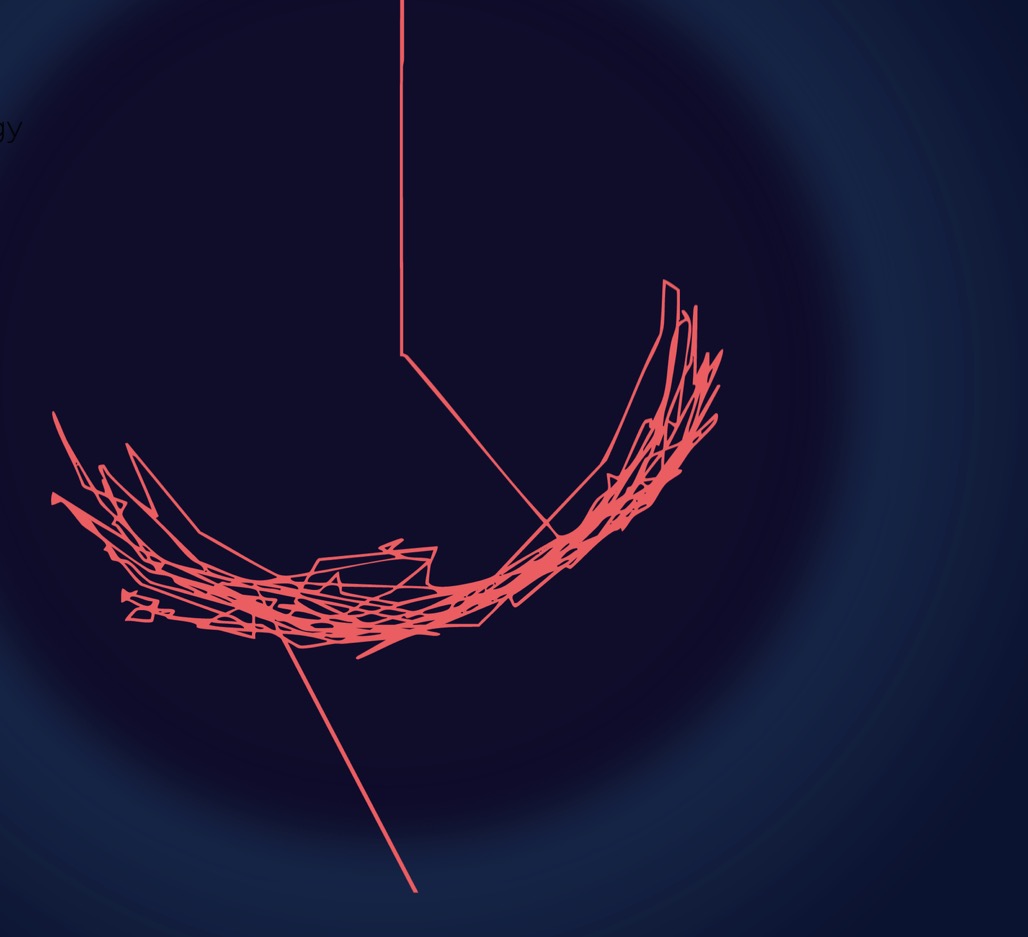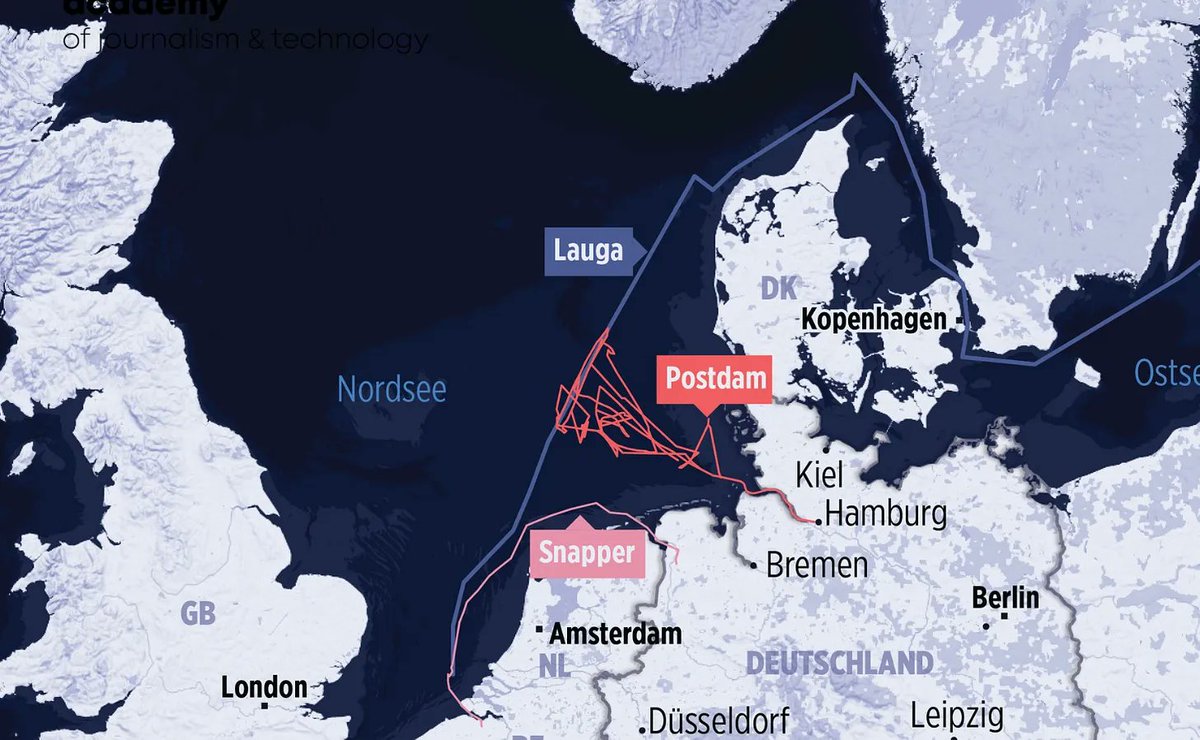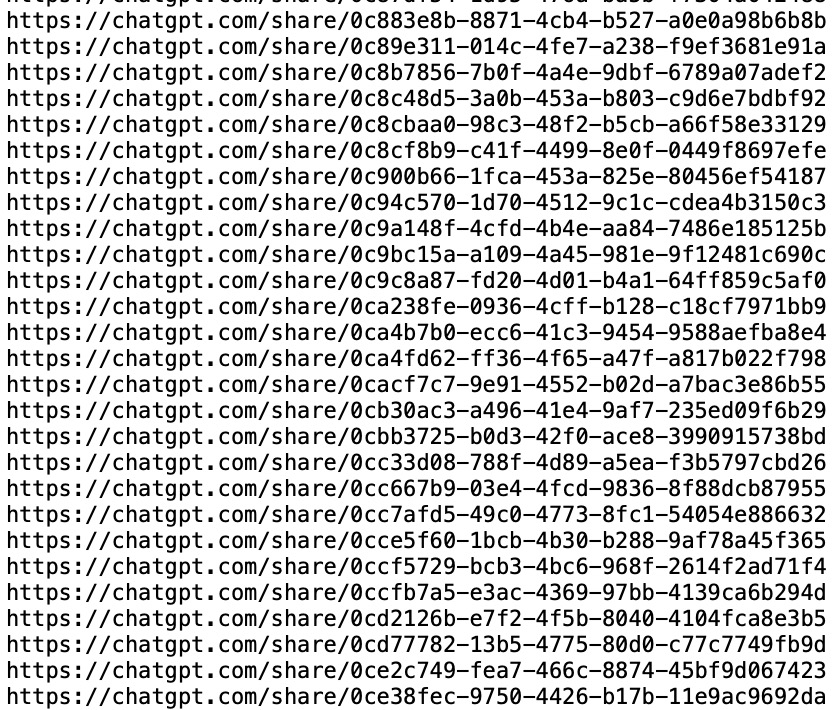1/10 Here are ten lesser known Google shortcuts. The first one: if you need a timer, type:
timer
#GoogleTips
timer
#GoogleTips

3/10 You don't have a clue where you can get certain products? Do this:
(name of product) (nearby)
#GoogleTips
(name of product) (nearby)
#GoogleTips

4/10 Gotta go somewhere? Want to see your travel options? Just type in arrival and destination city to get a possible itinerary
#GoogleTips

#GoogleTips
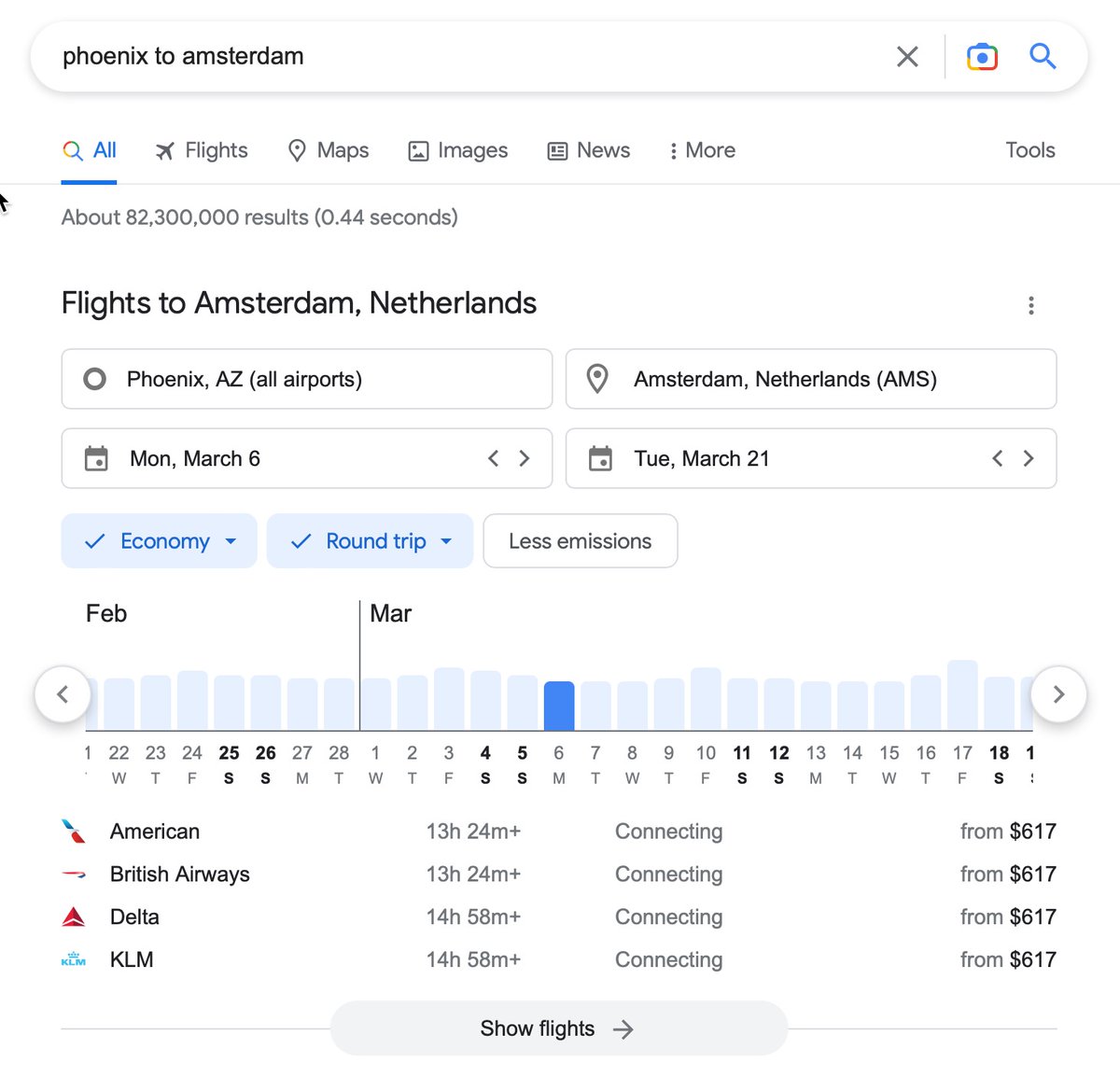
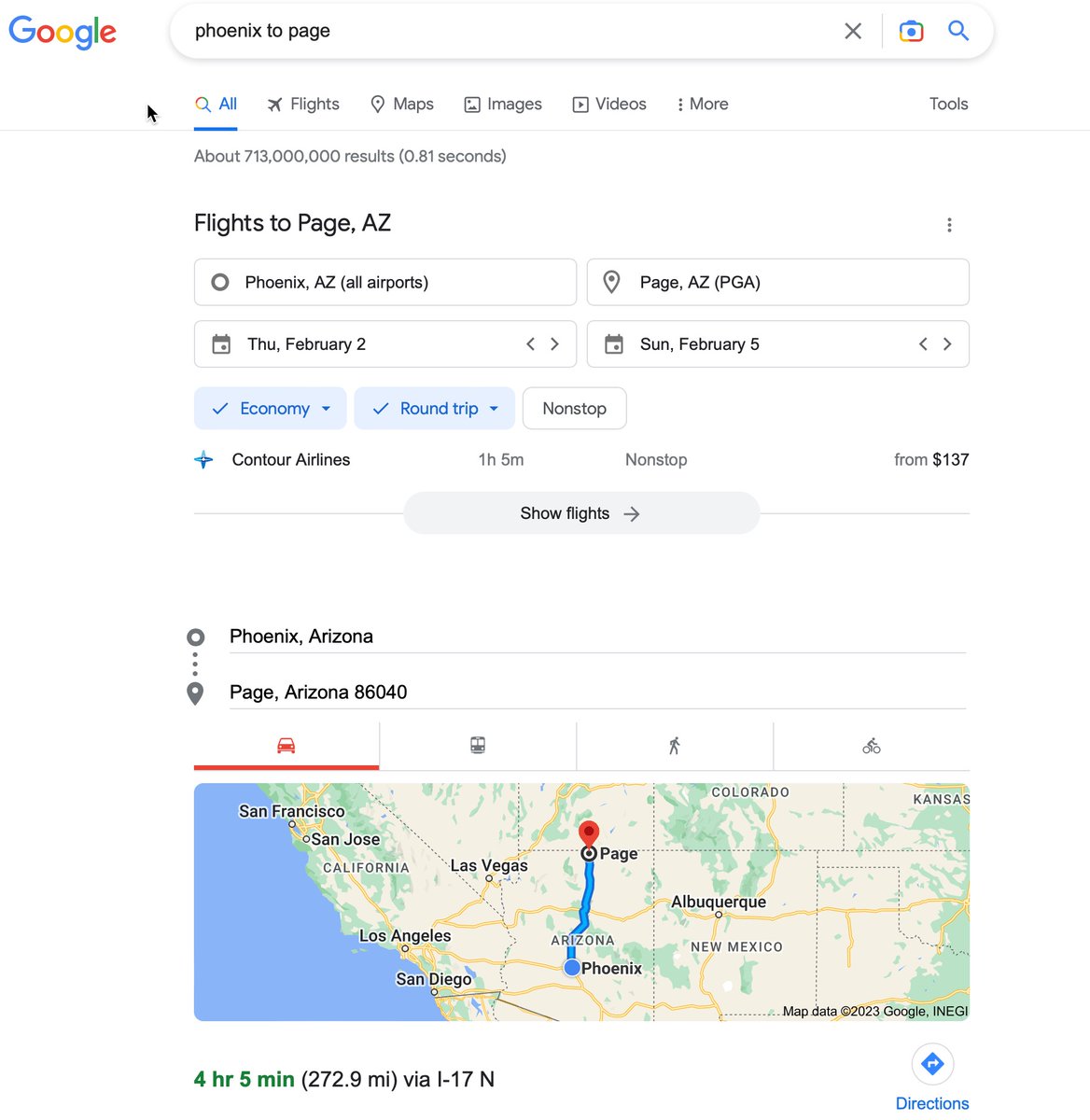
6/10 What are the hotel prices on day X in city Y? There's a trick for that too
hotels (city) (date) #googletips
hotels (city) (date) #googletips

10/10 It's Sunday. Let's end with a silly one. Lost count how often a famous person married? Don't. Type:
spouses (name of artist)
And that ends this thread. Hope you liked it. #googletips
spouses (name of artist)
And that ends this thread. Hope you liked it. #googletips

• • •
Missing some Tweet in this thread? You can try to
force a refresh









